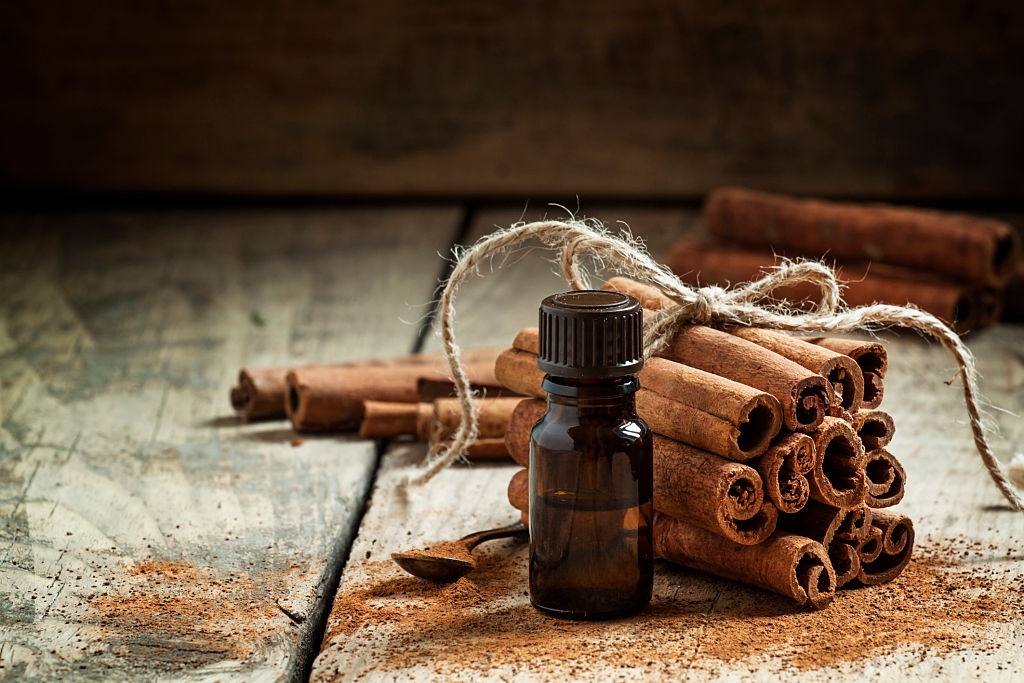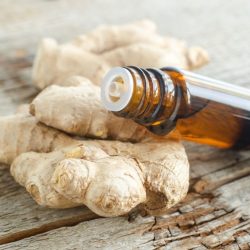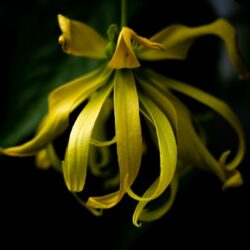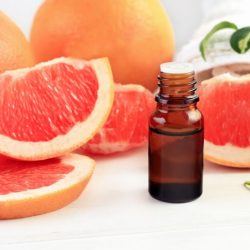Dated from the XXVII century BC. JC, the oldest written record mentioning cinnamon, comes to us from the Chinese, who already knew this medicinal plant very well in their time. In ancient China, cinnamon was considered to be a tonic , a material capable of regenerating vital energy, that is to say Qi … Due to its undeniable tonic properties , the Chinese indeed thought that cinnamon was capable of access man to immortality. Indeed, it was customary to prepare a cinnamon wine in which a single drop gave the whole body the pure color of gold, an incorruptible material and symbol of immortality for the Chinese.
A little history
The Egyptians used Ceylon cinnamon as an embalming product, for making perfumes, as well as an ointment for its antiseptic effects . The Greeks also knew of Chinese cinnamon mentioned in the ancient Chinese pharmacopoeias. Very popular as a spice, the latter finally arrived in the West through the Arabs, like many other spices.
At the end of the 18th century, the Dutch and then the English, who had become masters of Ceylon , developed the intensive cultivation of cinnamon.
Valnet (20th century) recalls that cinnamon is used in particular in the composition of aphrodisiac wine, of the liqueur “parfait amour” and of the elixir of Garrus. He considers the essential oil as a cardiac, circulatory, respiratory , digestive, antiseptic and deworming stimulant and therefore recommends it in fatigue, syncope, impotence, winter ailments and intestinal parasitosis.
Since the eighteenth century, it has been used in particular in dentistry: a cotton ball soaked in essential oil is introduced into hollow teeth to calm pain and devitalize the nerve . It is also applied in massage of the gums against dental pain.
Cinnamon, although well known, does indeed seem to hold within it the mystery of its origins. It is inscribed in letters of fire in the bencao of Shen-Nung , the oldest document in traditional Chinese medicine relating, among other things, to plants.
What are the pharmacological properties of Ceylon Cinnamon bark essential oil?
Antibacterial, antiviral and antifungal properties:
In vitro , cinnamon essential oil has a strong broad spectrum antibacterial activity ( staphylococcus, bacillus, enterobacter, pseudomonas, Helicobacter pylori, Salmonella typhii ). It is also antifungal against Candida albicans even on Candida spp . resistant to fluconazole , Aspergillus and Trichosporon ovoides , an agent of mycosis of the scalp. However, this essential oil demonstrates a particular activity vis-à-vis fungi affecting the digestive and urinary tract (anti colibacillary). Cinnamon extract inhibits the growth ofHelicobacter pylori , a bacteria involved in stomach ulcers .
Pest control property:
Ceylon cinnamon has also demonstrated insecticidal and repellent effects on insects; it destroys lice and nits ( cinnamaldehyde ), but it is nevertheless caustic to the skin.
Anti-fermentation property:
This essential oil also reduces excess fermentation in the intestine by stimulating the gastrointestinal tract (the decrease in flatulence and constipation acts by increasing intestinal peristalsis).
Tonic and sexual stimulating properties:
Powerful tonic and aphrodisiac by adrenal cortical stimulation, Ceylon cinnamon essential oil is also euphoric, general stimulating and exciting.
Other properties:
- Muscle strengthening and hyperthermisante (exciting and warming, used by athletes)
- Anesthetic
- Light anticoagulant, fluidifying
- Anti-inflammatory
- The cinnamaldehyde is sedating the central nervous system, heart and respiratory stimulant
Does Ceylon Cinnamon essential oil require any precautions for use?
- This oil is contraindicated in children under 12 years old
- Do not diffuse, inhale, or put in the bath water
- No wet inhalation
- Risk of drug interactions with essential oils of clove and citrus trees
- Do not swallow pure (can indeed induce gastrointestinal toxicity as well as a risk of gastralgia per os )
- Do not use in animals
- Contraindicated in pregnant or breastfeeding women
- Do not combine with cortisone, risk of drug interaction, therefore seek the advice of your pharmacist
- The essential oil is however likely to cause arrhythmias
- Pure dermocaustic, dilution required
Medical bibliographic sources and clinical trials :
- Mounia Oussalah, Stéphane Caillet, Linda Saucier, Monique Lacroix. Inhibitory effects of selected plant essential oils on the growth of four pathogenic bacteria: E. coli O157: H7, Salmonella Typhimurium, Staphylococcus aureus, and Listeria monocytogenes. 2007
- Ali SM, Khan AA, Ahmed I, Musaddiq M, Ahmed KS, Polasa H, Venkateswar Rao L, Habibullah CM, Sechi LA, Ahmed N. Antimicrobial activities of Eugenol and Cinnamaldehyde against the human gastric pathogen Helicobacter pylori. Annals of Clinical Microbiology and Antimicrobials. 2005
- Tran, H., Graham, L., & Adukwu, EC (2020). In vitro antifungal activity of Cinnamomum zeylanicum bark and leaf essential oils against Candida albicans and Candida auris. Applied microbiology and biotechnology
- Pozzatti P, Scheid LA, Spader TB, Atayde ML, Santurio JM, Alves SH. In vitro activity of essential oils extracted from plants used as spices against fluconazole-resistant and fluconazole-susceptible Candida spp. Can J Microbiol. 2008
- Pawar VC, Thaker VS. In vitro efficacy of 75 essential oils against Aspergillus niger. Mycosis. 2006
- Seema Saxena, Veena Uniyal, RPBhatt. Inhibitory effect of essential oils against Trichosporon ovoides causing piedra hair infection. Brazilian Journal of Microbiology (2012)







